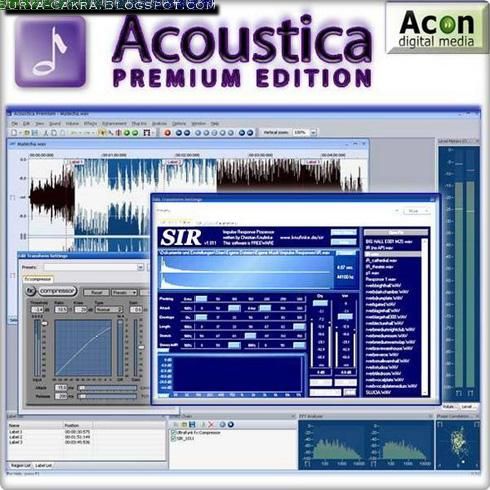
IV6 offers two cabinet choices (5-degree or 15-degree vertical angle) and Part of Community’s I Series premium performance indoor/outdoor loudspeaker product line, the IV6 Modular Vertical Array is a scalable, flexible sound reinforcement system. Objectives to give perfect audio in a fraction of the time, every time.” VenuePolar quickly evaluates the nearly limitless options to find the one that best meets the designer’s “VenuePolar automates the process and removes this burden from system designers. “With a nearly infinite number of possible configurations available when designing a modern line array, determining the optimal one is time-consuming and immensely challenging for even the most experienced system designers,” said Joe Andrulis,Įxecutive Vice President of Corporate Development, Biamp. JanuBiamp® strengthens its commitment to streamlining system design and installation with the introduction of VenuePolar™,Īn exclusive EASE® Focus plugin that automates loudspeaker system design for the Community™ IV6 Modular Vertical Array. It used ray tracing and image methods for auralization and incorporated scattering in the analysis.BEAVERTON, Ore. CAESAR used ray tracing to predict acoustical parameters. From 1998 to 2001, another important analysis program, CAESAR, was developed by Michael Vorländer and Andreas Schmitz of Aachen University in Germany.

3.0, the first version designed for Windows 95/NT/ME/2000 was released by Ahnert, Stefan Feistel, and Rainer Feistel.

That same year, ADA released EASE’s first version, a full graphic MS-DOS-based CAD program for acoustical analysis. Since receiving his PhD, Ahnert has been a professor at the Hochschule für Film und Fernsehen (Academy for Film and Television) in Potsdam-Babelsberg, Germany.

In 1990, Ahnert founded the Engineering Office Acoustic Design Ahnert (ADA). He co-authored a book on architectural acoustics in 1980, and has published numerous books and papers. Beginning in 1975, he worked as a consultant planning theaters, concert halls, and other cultural buildings.

Wolfgang Ahnert, the initial developer of Enhanced Acoustic Simulator for Engineers (EASE), studied technical acoustics at the Technical University Dresden and at the Moscow State University (Lomonossov).


 0 kommentar(er)
0 kommentar(er)
